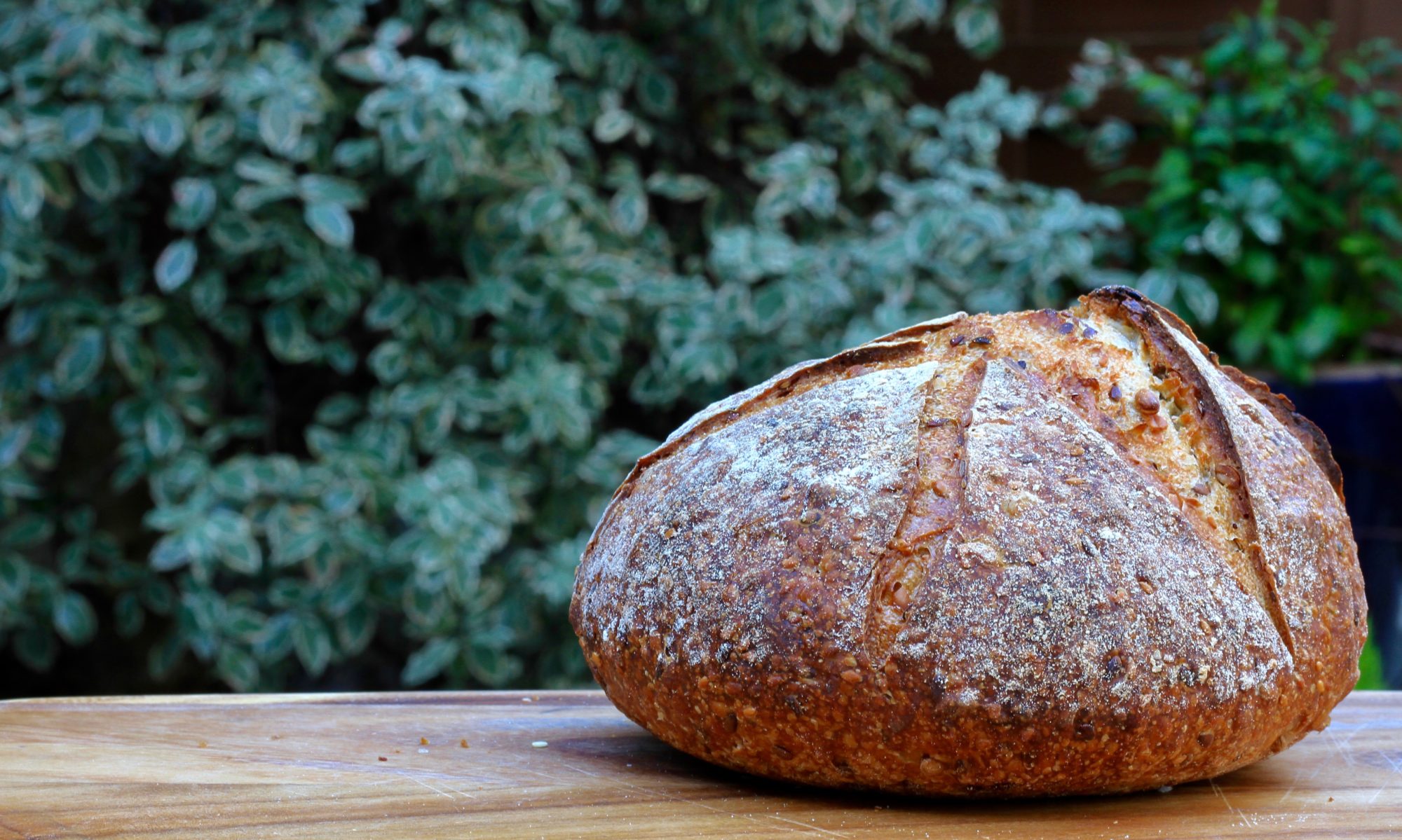Pan-fried fish is theoretically one of the quickest dinners you can put together. But it can be fiendishly difficult to get perfectly cooked fish just right.

For a complete meal, all you need is pan fry the fish, get some veggies on the side, and ideally serve up with something vibrant like a Romesco (which I had left over in the freezer from an earlier dinner party) or pesto and roasted cherry tomatoes (see photo), a fresh salsa verde, or just a simple vinaigrette.
The possibilities are endless; just think of a contrasting tart flavour. Lemon wedges work too, if you all else seems difficult on a weekday night.
I served it with a parsnip puree, and some crispy kale, to complete the meal, with relatively limited effort.
Related recipes:
Parsnip Puree
Crispy Kale
Romesco sauce

| Prep Time | 10 min |
| Cook Time | 5 min |
| Servings |
|
- sea salt
- black pepper freshly ground
- 1 tablespoon olive oil
- 1 tablespoon butter
- Lemon wedges to serve
Ingredients
|

|
- Dry fish thoroughly with paper towels and season with salt and pepper (see notes below).
- Combine the oil & butter in large frying pan over medium-high heat until butter stops foaming. Place fillets in pan, skin side down, and press down lightly to ensure even contact with pan. Cook until browned, 1 1⁄2 – 3 minutes.

- Using 2 spatulas, flip fillets and cook on the second side, till golden, about 2 minutes. Check that the fish is cooked through. See notes.

- Serve with the lemon wedges and other accompaniments.
There are just a few pointers, that can ensure perfect fish everytime.
- Use white fish fillets with a meaty texture, like, sea bass, halibut, cod or snapper, which work best for such pan frying.
- Get the skin very dry first patting it with kitchen paper. Then run the blunt edge of a knife against the direction of the scales. This removes any water trapped in the skin. Pat dry again.
- Let the fish cook undisturbed, skin side down, and use a flat spatula to press it down well for the first 20 seconds to help keep the fish from curling.
- Don’t overcook after flipping the fish over. Poke the thickest past of the fish with a toothpick, and it should come out clean, i.e. no flesh should stick to it. It should also flake of easily. If you want precision, the temperature you need in the thickest part of the fish is about 60C.


